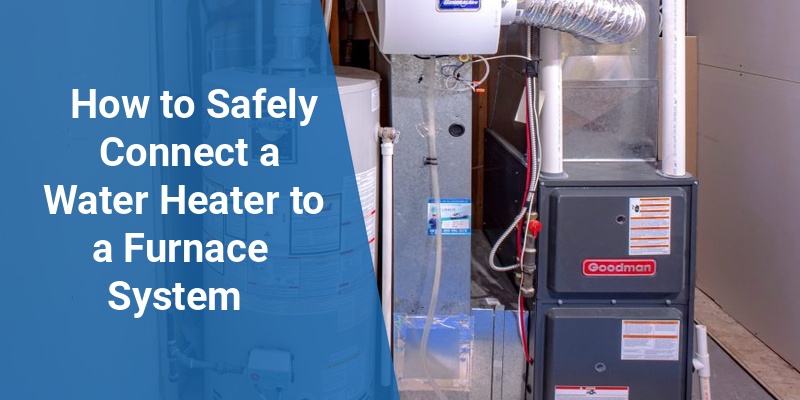Connecting a water heater to a furnace system can enhance home heating efficiency when done correctly, but it requires careful planning and adherence to safety standards. This setup is often seen in homes aiming to optimize their heating infrastructure by using one energy source for both heating water and space heating. Understanding the connection between a water heater and a furnace is essential for safety, efficiency, and system longevity.
| Aspect | Key Considerations |
|---|---|
| Compatibility | Ensure water heater and furnace types are compatible |
| Fuel Source | Match fuel types or use appropriate adapters |
| Venting | Proper venting to avoid carbon monoxide buildup |
| Safety Devices | Incorporate pressure relief valves and emergency shutoffs |
| Professional Installation | Recommended for code compliance and efficiency |
Understanding The Basics Of Water Heater And Furnace Connections
Both furnaces and water heaters are central components of a home’s heating system but typically serve two distinct purposes: furnaces provide space heating, while water heaters supply hot water. Some homes integrate these systems to improve energy efficiency using a single heat source. This integration is commonly done through indirect water heaters, which utilize the furnace’s heat to warm water indirectly.
Indirect water heaters use a closed-loop system heated by the furnace’s boiler, offering efficient heat transfer without mixing combustion gases with the potable water. This setup differs from traditional tank water heaters that operate independently of the furnace system.
Types Of Water Heaters Suitable For Furnace Connections
Choosing the right water heater is critical for safe and efficient furnace integration. Here are the main types compatible with furnace systems:
- Indirect Water Heaters: These units connect directly to the furnace’s boiler, circulating heated water through a heat exchanger inside the water tank.
- Storage Tank Water Heaters: Can sometimes be connected via a coil system to a furnace boiler but require professional design to prevent system issues.
- Tankless Water Heaters: These units heat water on demand and are usually separate from the furnace system but can be used alongside it.
Indirect water heaters are the preferred choice when linking to a furnace since they maximize the use of existing heat and reduce energy waste.
Fuel Sources And Their Impact On Integration
The choice of fuel influences how the water heater and furnace connect and operate. Common fuels include natural gas, propane, oil, and electricity.
- Gas Furnaces and Water Heaters: Often share venting systems but must be verified for capacity and safety compliance.
- Oil-Fired Systems: Require specialized venting and exhaust systems to handle soot and fumes safely.
- Electric Units: Usually operate separately but can coexist with furnaces for redundancy.
Ensuring that the fuel sources
Call 888-906-9139 for Free Local HVAC Quotes – No Obligation, Just Savings!
